In Part 1 of this guide, we introduced the basics of NFTs and why creators worldwide are turning their ideas into onchain assets. We outlined the step-by-step flow of NFT creation—starting from an idea, designing the artwork, minting on the blockchain, and eventually selling it on popular marketplaces.
Now in Part 2, we’re diving deeper into the most crucial (and fun) part of the journey: turning your idea into a visual masterpiece that could live forever on the blockchain.
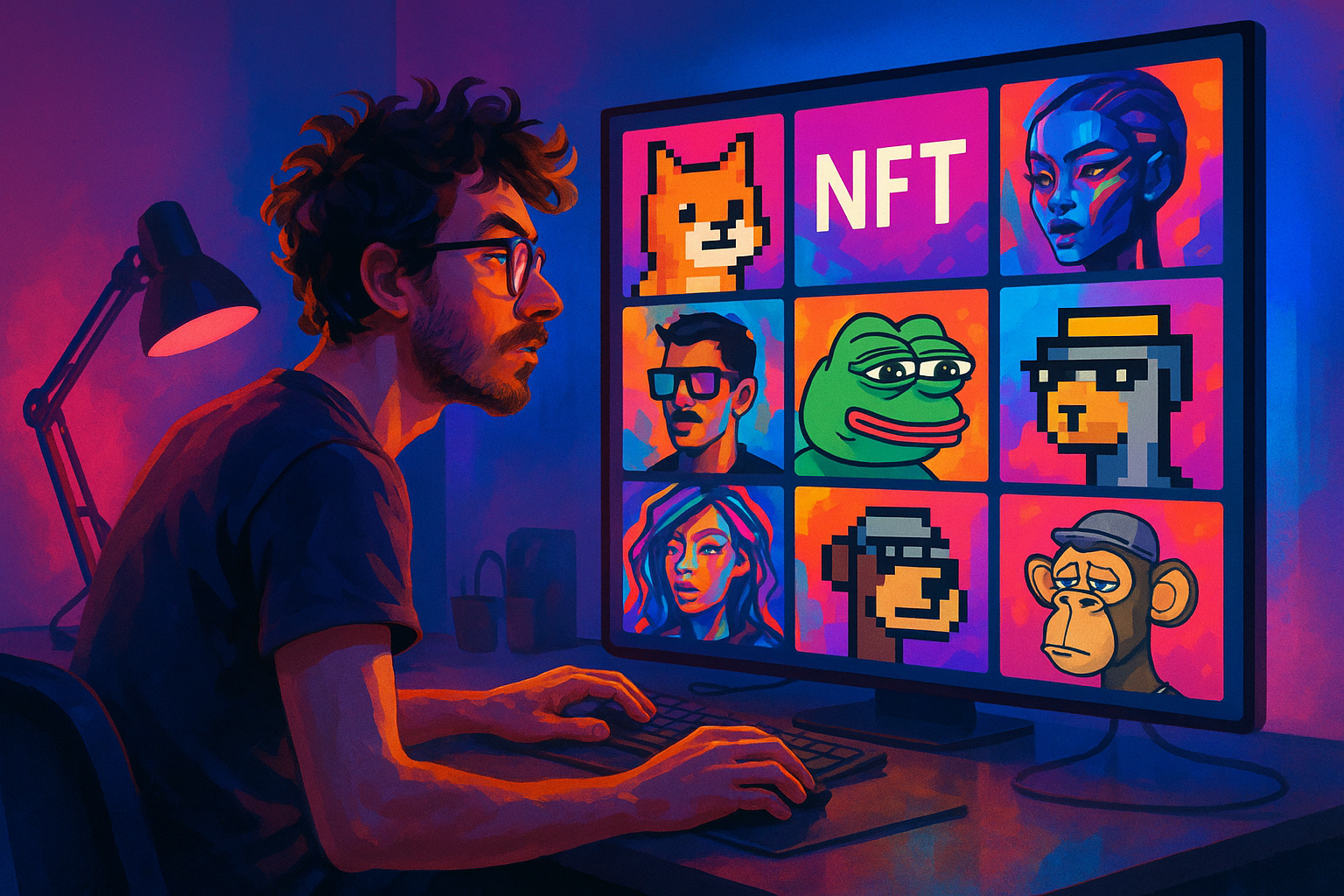
Step 1: Finding an Idea That Resonates
The most successful NFTs aren’t always the most complex—they’re the ones that connect. Before you touch any design tool, ask yourself:
-
Who is this NFT for?
-
What emotion, story, or culture does it reflect?
-
Could this work as part of a larger collection?
If you're unsure, here are a few creative strategies to generate winning ideas:
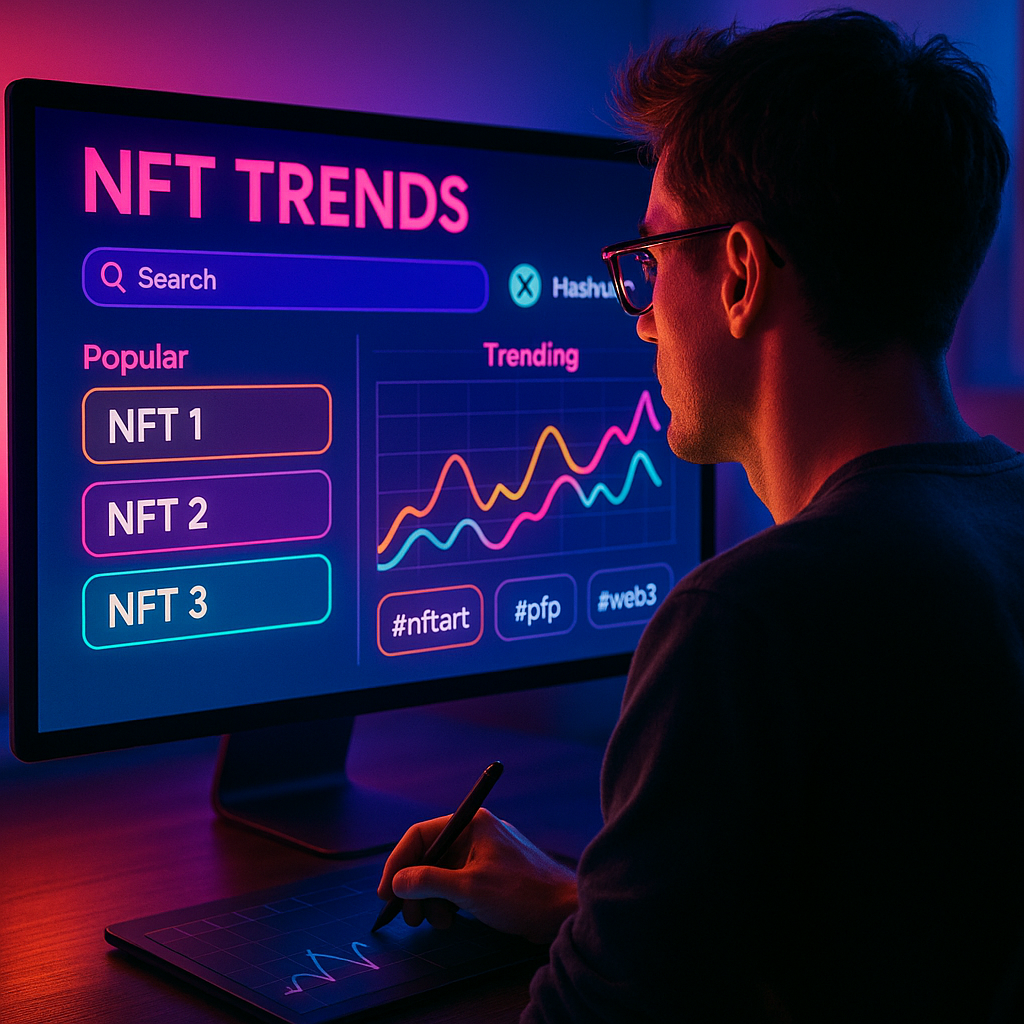
Trend Surfing: Explore trends on platforms like Google Trends, X (Twitter), or Reddit. If pixel art pets or surreal space scenes are getting attention, ride that wave.
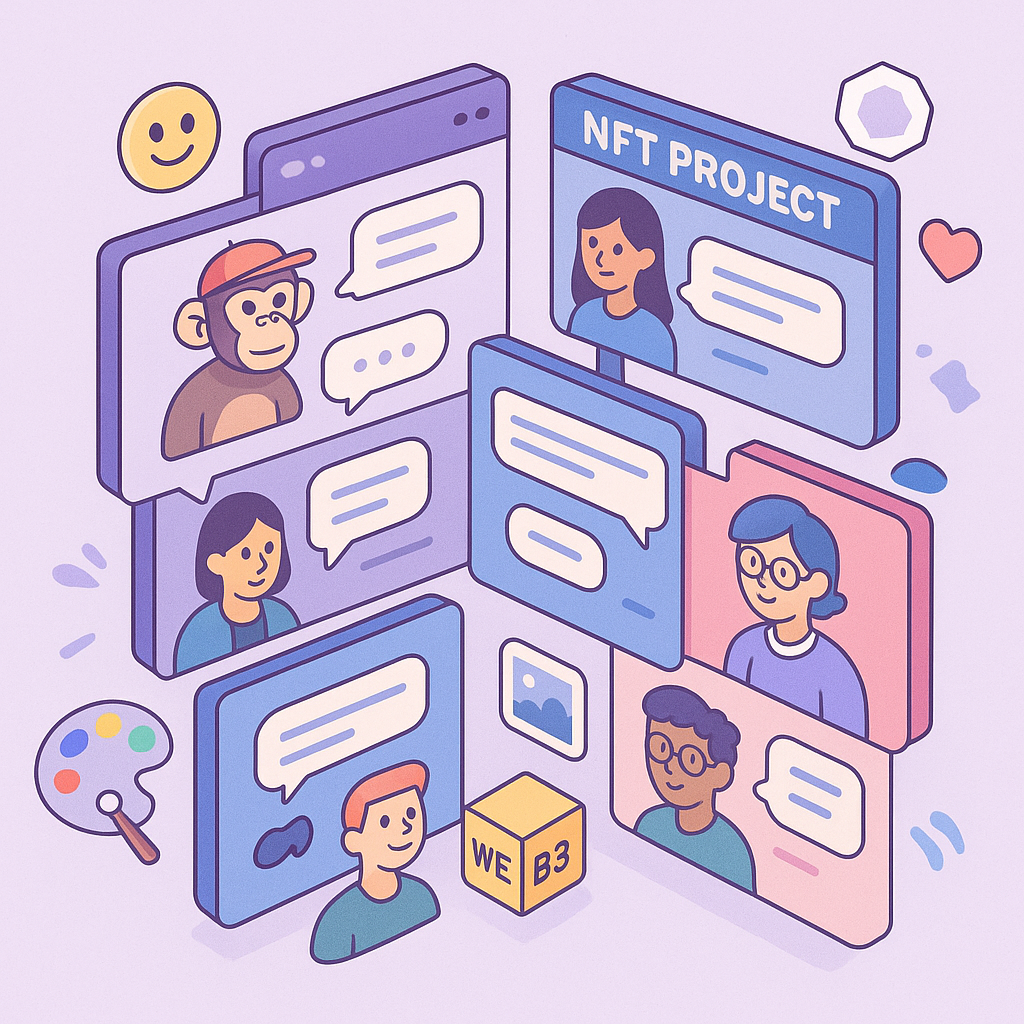
Micro Communities: Look into niche Web3 communities. Many NFT collectors are passionate about specific themes—anime, sci-fi, cyberpunk, spirituality, etc.
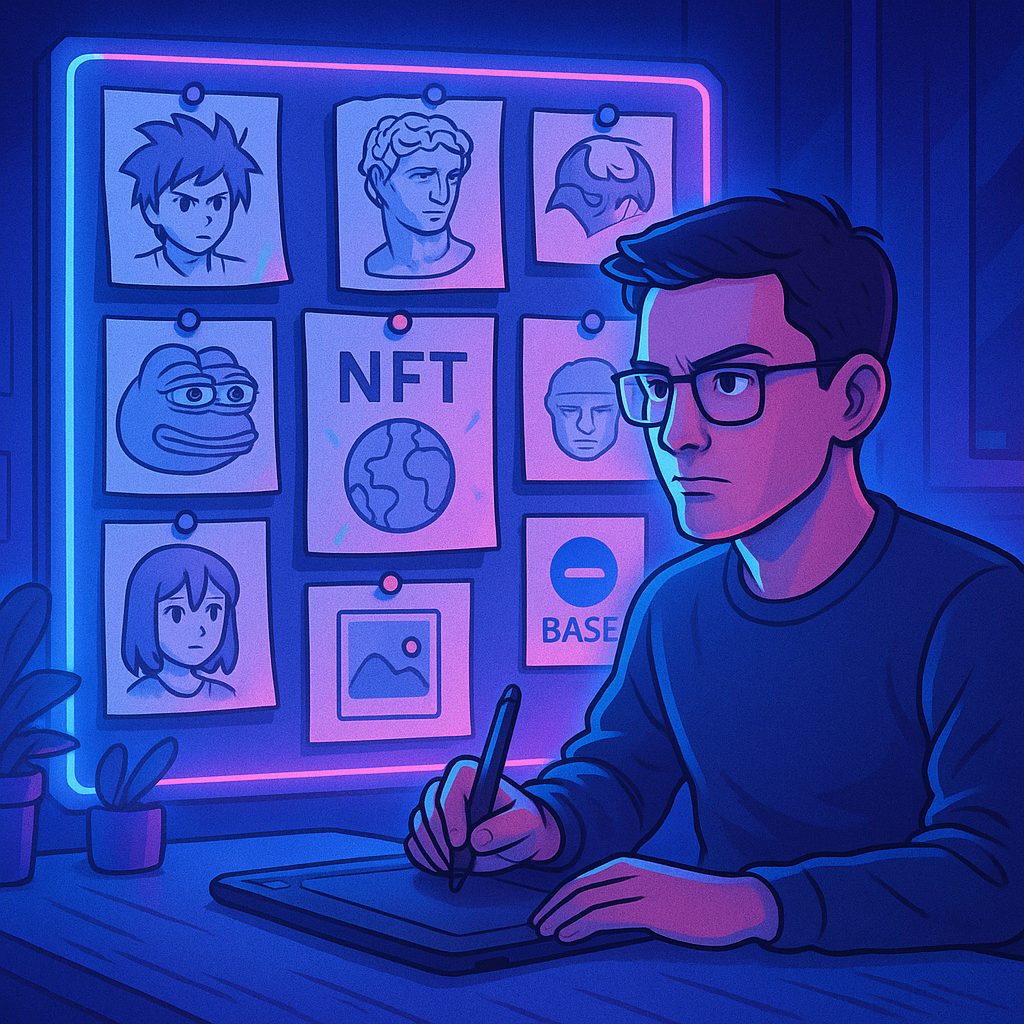
- Cultural Hooks: Artworks that reflect moments in pop culture, memes, or social commentary often gain organic traction.
Pro Tip: Avoid clichés and overused themes. Try merging two unexpected ideas—like “cyberpunk samurais” or “robotic rainforest creatures.” Uniqueness sells.
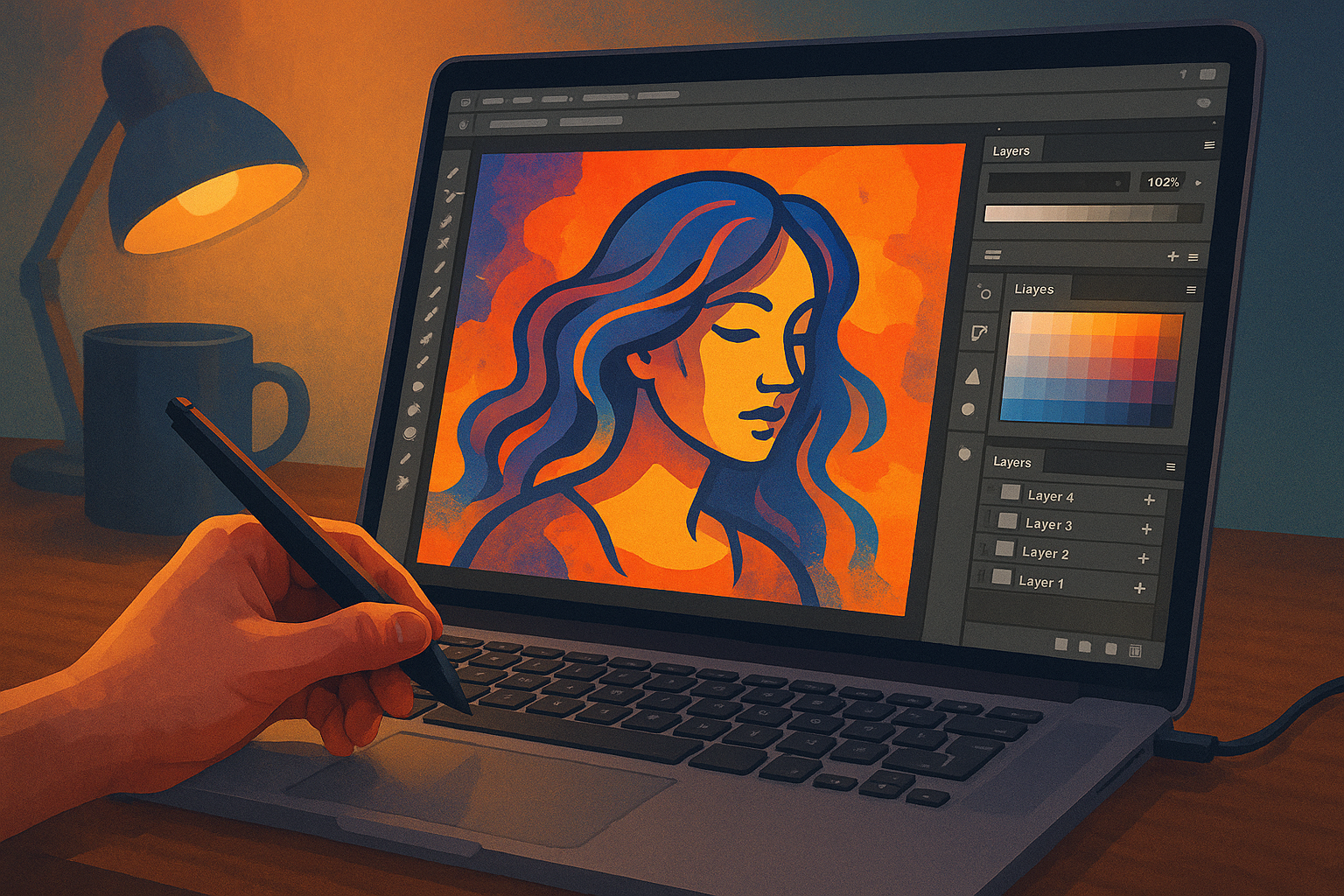
Step 2: Designing Your NFT – Without AI (Yet)
Once you have a concept, it’s time to turn it into visual reality. Whether you're a digital artist or a passionate creative with no background, these are your main options:
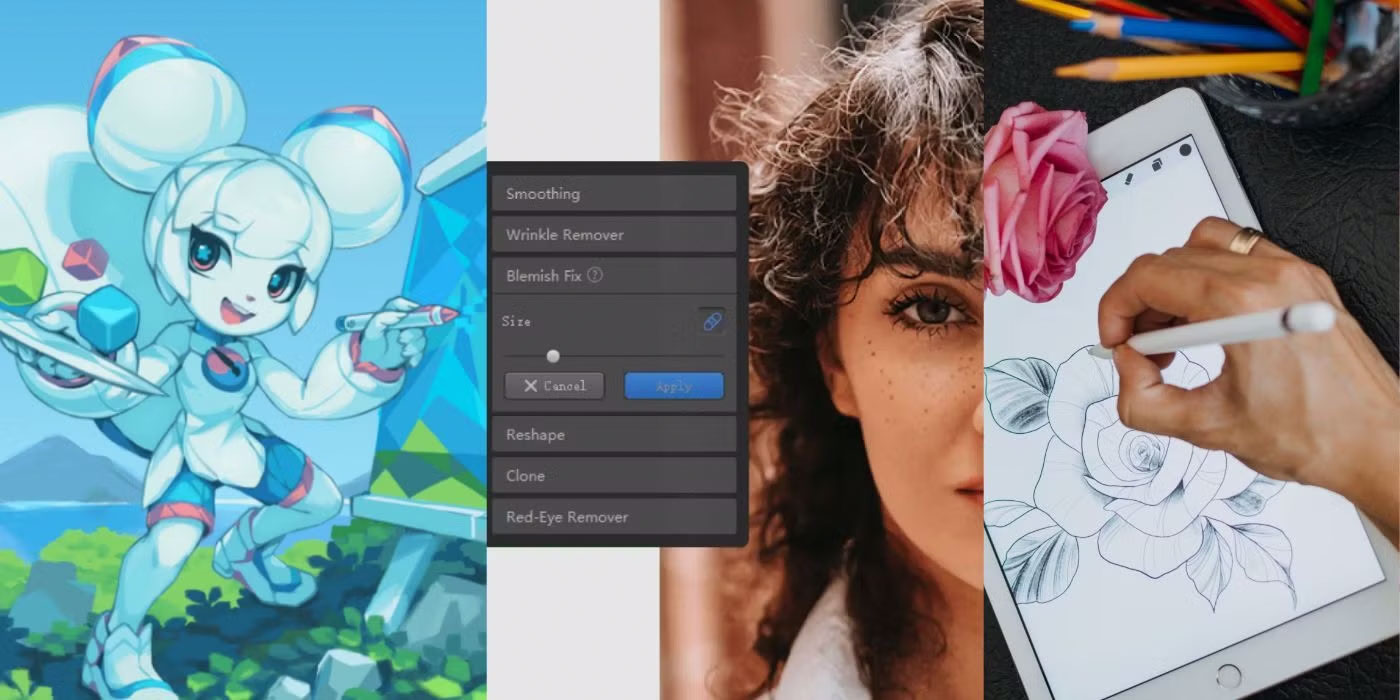
1. Graphic Design Tools
Even basic tools like Pixlr, Photopea, or Krita offer powerful features for drawing, editing, and composing layered artwork. These free platforms allow you to import sketches, apply effects, and export clean visuals suitable for minting.
-
Sketch with pencil on paper → photograph it → enhance in Pixlr
-
Create from scratch with layers, brushes, and filters
Add transparency and export as PNG for clean minting
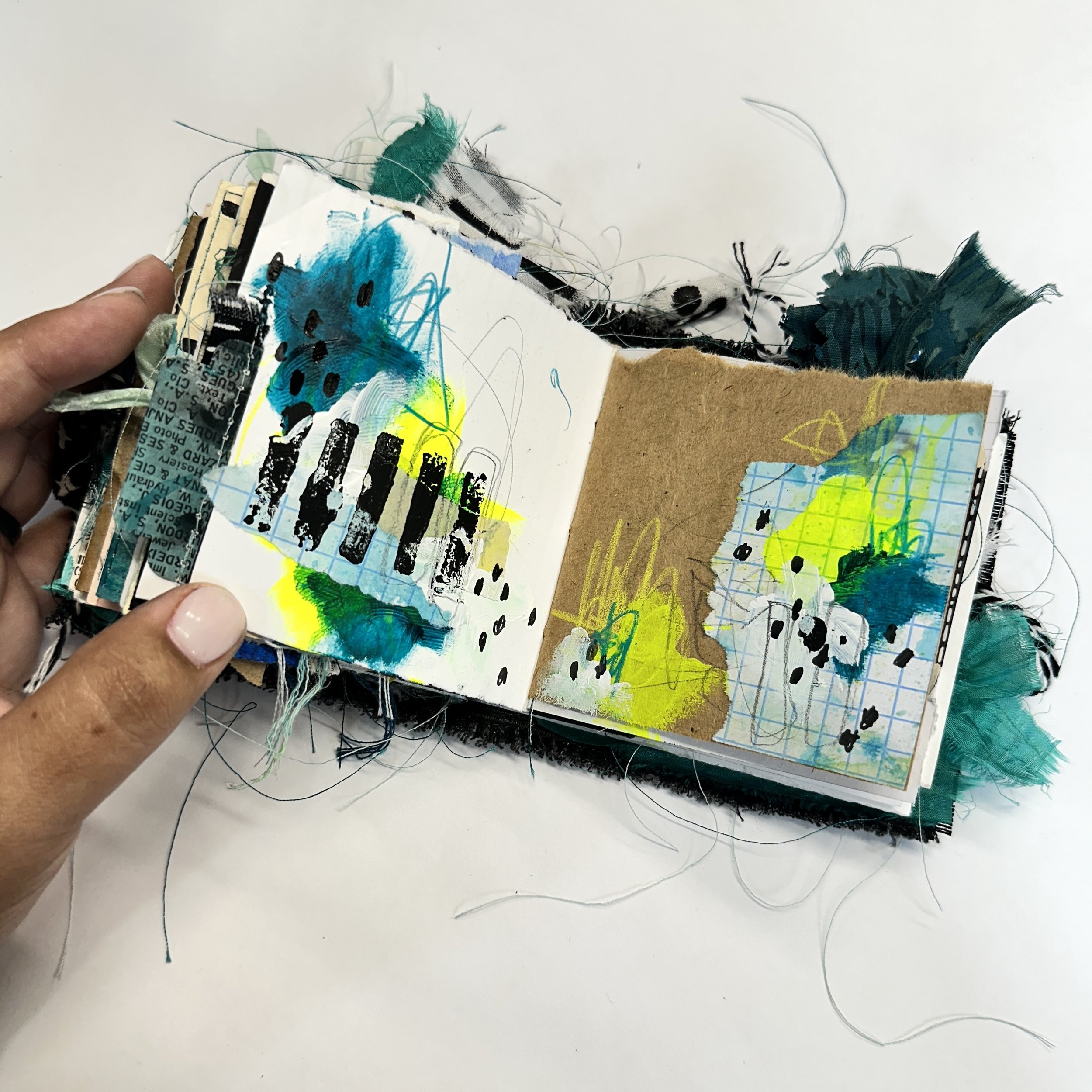
2. Handmade Art Turned Digital
Prefer real-world art? Paint or sketch your idea, then digitize it.
-
Scan or photograph the piece in high resolution
-
Edit brightness, contrast, and crop unnecessary elements
-
Use tools like Remove.bg or Fotor to isolate characters or objects from the background
This gives your NFT a human touch—perfect for collectors who value authentic, handmade vibes.
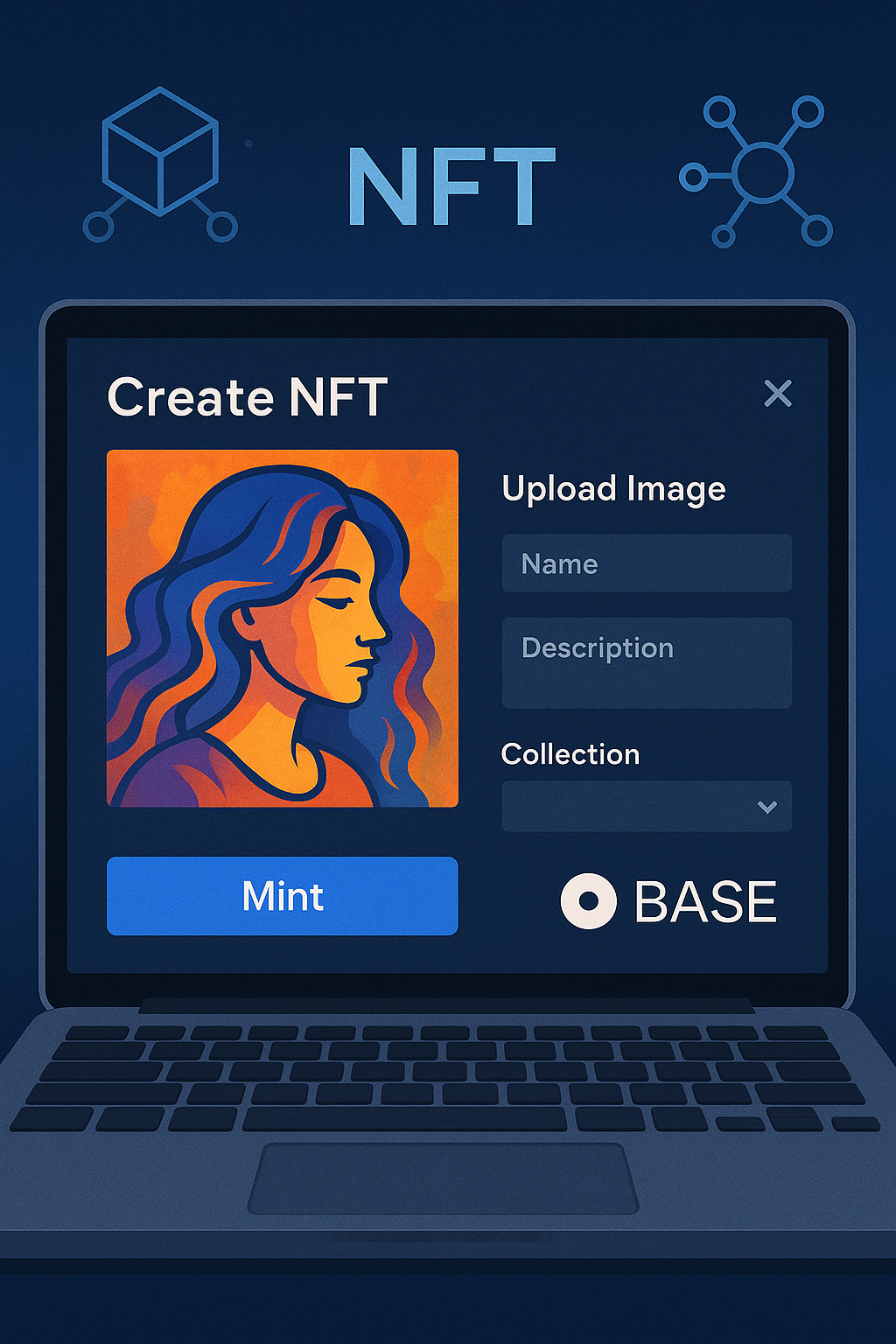
Step 3: Turning Your Artwork Into an NFT
With your art ready, it’s time to tokenize it on the blockchain.
The easiest and most widely supported NFT standard is ERC-721, and one of the most accessible networks to mint on is Base—a Layer 2 solution on Ethereum, supported by Coinbase.
Why Base?
-
Low Gas Fees: Mint for a few cents, not dollars
-
High Speed: Confirmations take seconds, not minutes
-
User Growth: Over 1 million active wallets already—your NFT has visibility
How to Mint:
Platforms like Zora, Manifold, or Mint.fun allow easy uploading and minting.
-
Connect your crypto wallet (like MetaMask)
-
Upload your artwork
-
Fill in title, description, and royalties
-
Choose the blockchain (we recommend Base)
-
Mint and share!
Note: Make sure your artwork is stored via IPFS (InterPlanetary File System). It’s a decentralized file storage method used by most NFT platforms, ensuring your asset stays online, secure, and verifiable.
What’s Next?
In Part 3 of our guide, we’ll explore how to sell your NFT. We'll compare major marketplaces like OpenSea, Blur, and Zora, and share tactics on pricing, storytelling, and building a collector base.
But here's a secret...There’s an easier way.

If you're tired of designing manually, editing layers, or uploading on multiple platforms, AI-powered tools now let you create and mint NFTs in seconds—from prompt to token.
Some platforms are already bundling the entire process—art generation, minting, and drop management—into a single, smooth interface.
One of them is called AIBased.app—and we'll talk about it in a future article.




评论 (0)